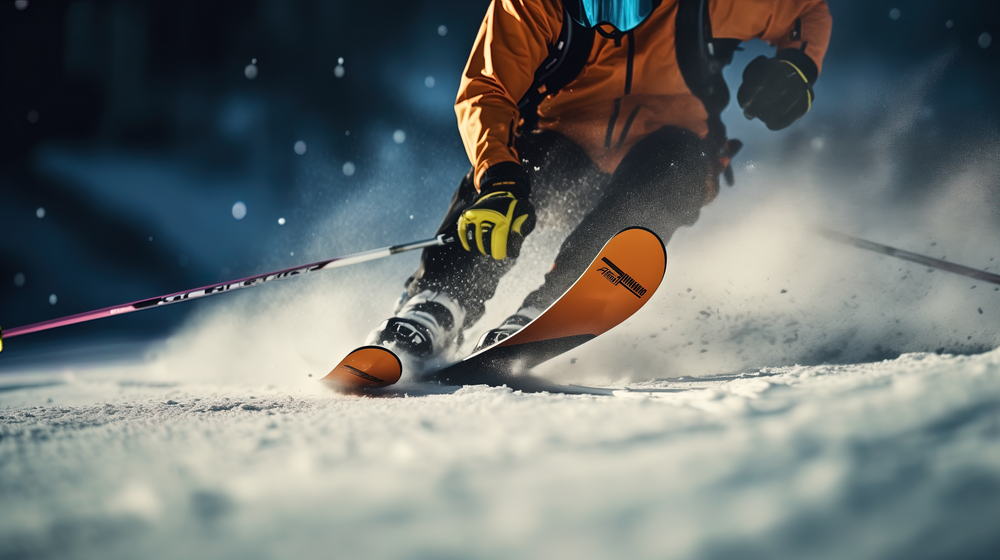
As we approach the end of the 2023-2024 Utah ski season, thoughts of ski and snowboard tunes are gradually being replaced by planning for how we are going to store our equipment over the spring and summer. This time of the year makes both casual skiers and hardcore enthusiasts nostalgic about the early days of the season. For some of us, it is an opportunity to look back on how skiing has evolved over the years.
It is no secret that Canyon Sports recommends regular ski and snowboard tunes. We recommend taking good care of your equipment, storing it properly, and even making sure it’s all in good working order before you hit the slopes. Our recommendations come from a keen understanding of skiing and ski equipment. Fortunately, our knowledge base has expanded as skiing has evolved. The entire sport, and our understanding of it, has changed as technology has progressed.
A Very Old Practice
If you have ever wondered about the history of skis and what we now consider a sport, REI Co-Op has a pretty fantastic post on their site offering a brief history of skiing and ski equipment. We won’t get into all the details here, but there are some interesting highlights in the post we think are worth talking about – beginning with the fact that skiing is thousands of years old.
Apparently, the earliest known records of skiing date back to ancient China, Russia, and Scandinavia. The early adopters of skiing were not doing it recreationally. Skiing was a form of winter transportation that made it easier to hunt and harvest timber.
What eventually became the modern sport of skiing was born in the mid-nineteenth century when Norwegian wood carvers came up with the first bow-shaped, cambered ski. Their ski had an upward curve that made it more maneuverable. Not long after, a Norwegian laborer came up with the first heel strap binding.
Metal Skis and Rigid Bindings
The next major advancement in ski technology occurred in the early 1920s, when two important inventions were introduced. The first were metal edges added to skis for greater control on ice and hard snow. Adding the metal pieces also made skis more durable.
They were followed by the first rigid binding. It was a spring-loaded binding featuring a cable that could lock down around the skier’s boot. Ironically, the binding worked so well that it earned the nickname “the bear trap” because it held so tightly. Skiers and engineers alike eventually decided that this was not good because it led to an increase in injuries when skiers fell.
Into the Modern Era
Ski design has continued to evolve over the last one hundred years. The rigid cable binding was eventually replaced by new bindings designed to break away under the right conditions. The 1990s saw numerous design changes that made it possible for skiers to start doing tricks just like their snowboarding counterparts. We were introduced to rockers in the 2000s along with new designs rooted in the idea of getting rid of the metal and replacing it with composites, like carbon fiber.
What started as a form of winter travel, mainly for utilitarian purposes, has evolved to become a world class sport enjoyed by millions. We are thrilled to be part of it here at Canyon Sports. So while we finish up those final ski and snowboard tunes and start getting ready for spring and summer in Utah, we won’t ever forget skiing and snowboarding completely. We are already anticipating the 2024-2025 season and all it has in store for us.
